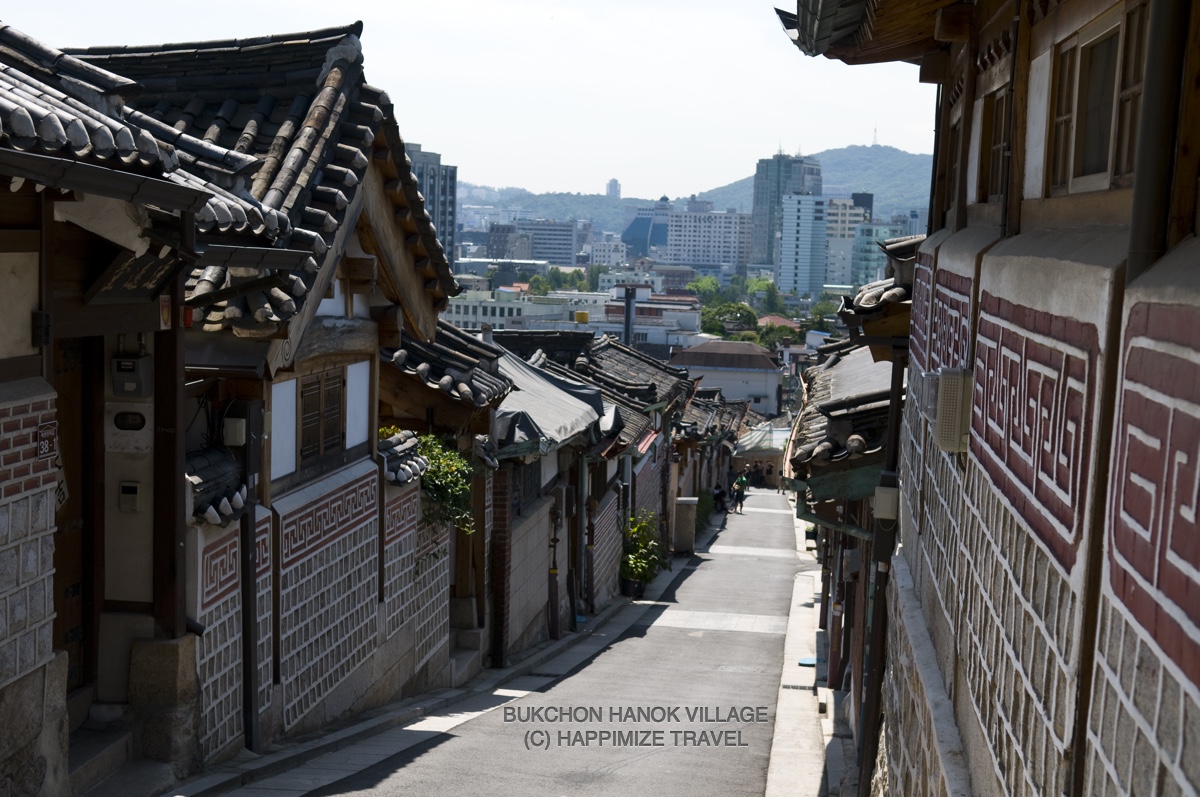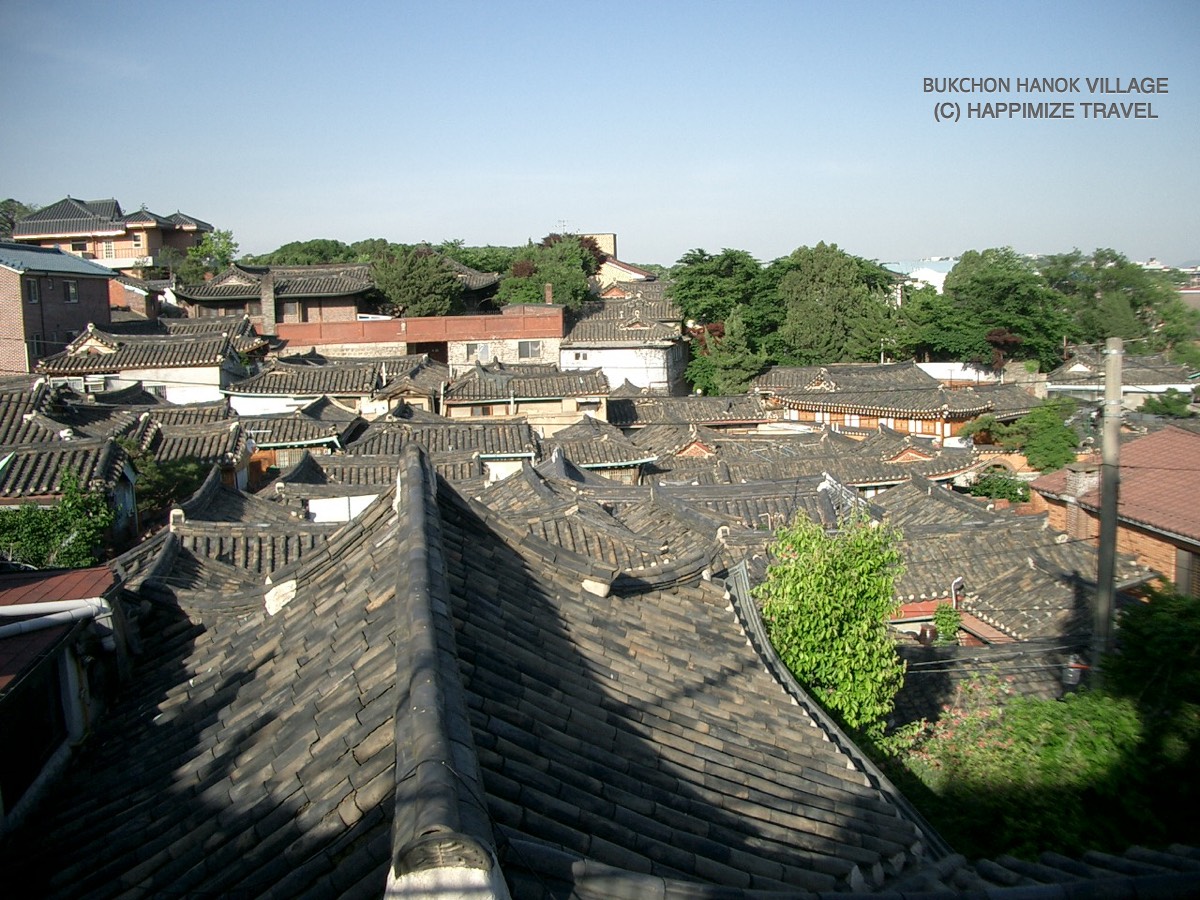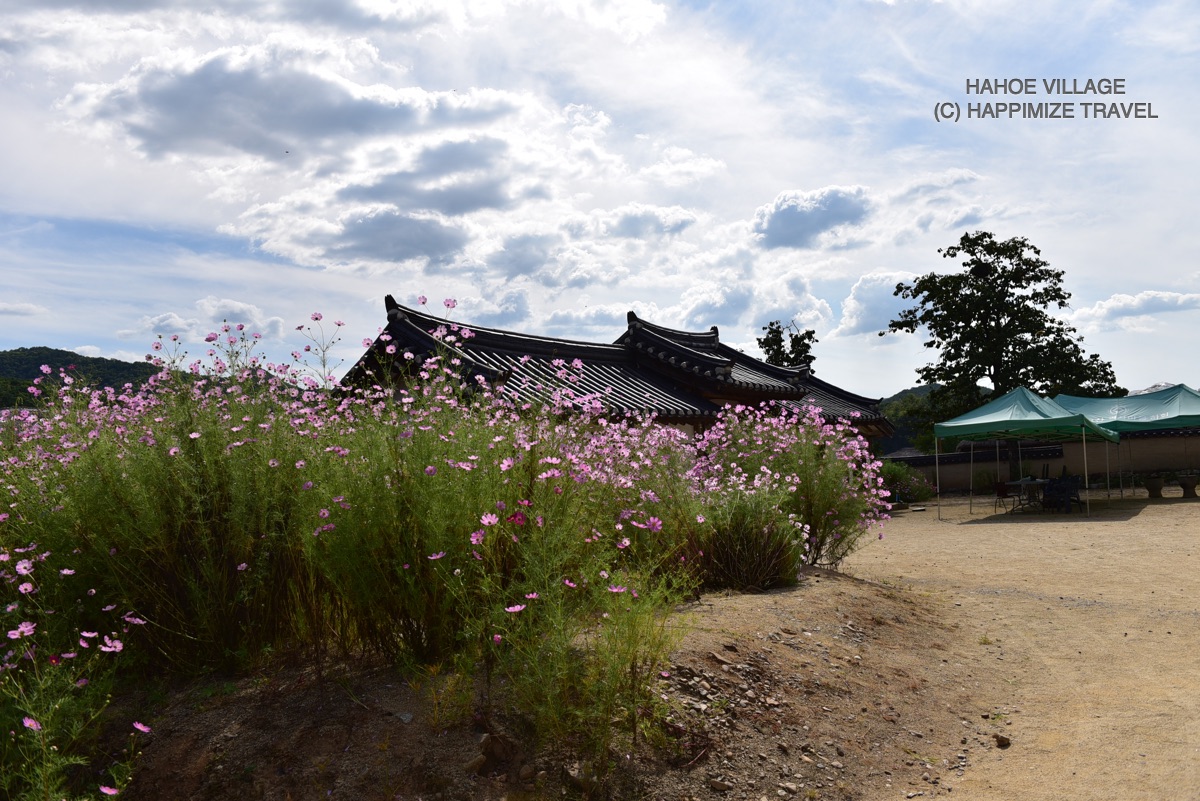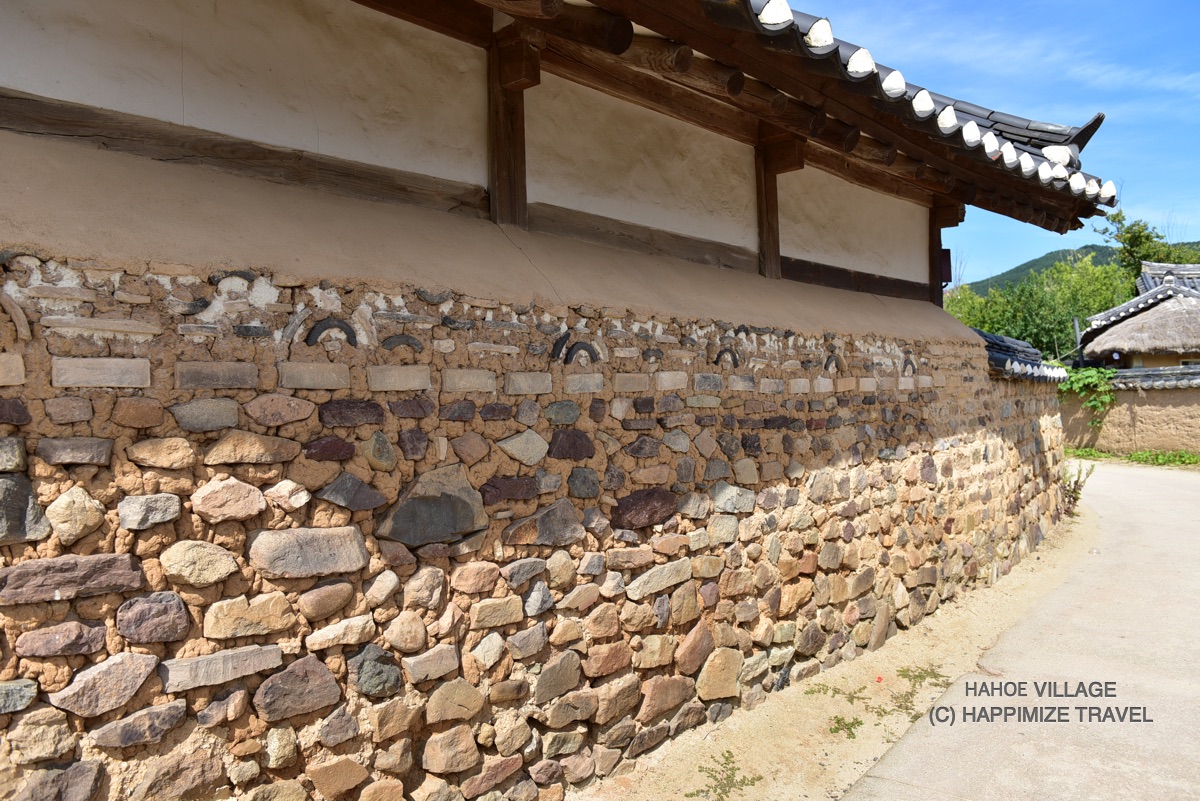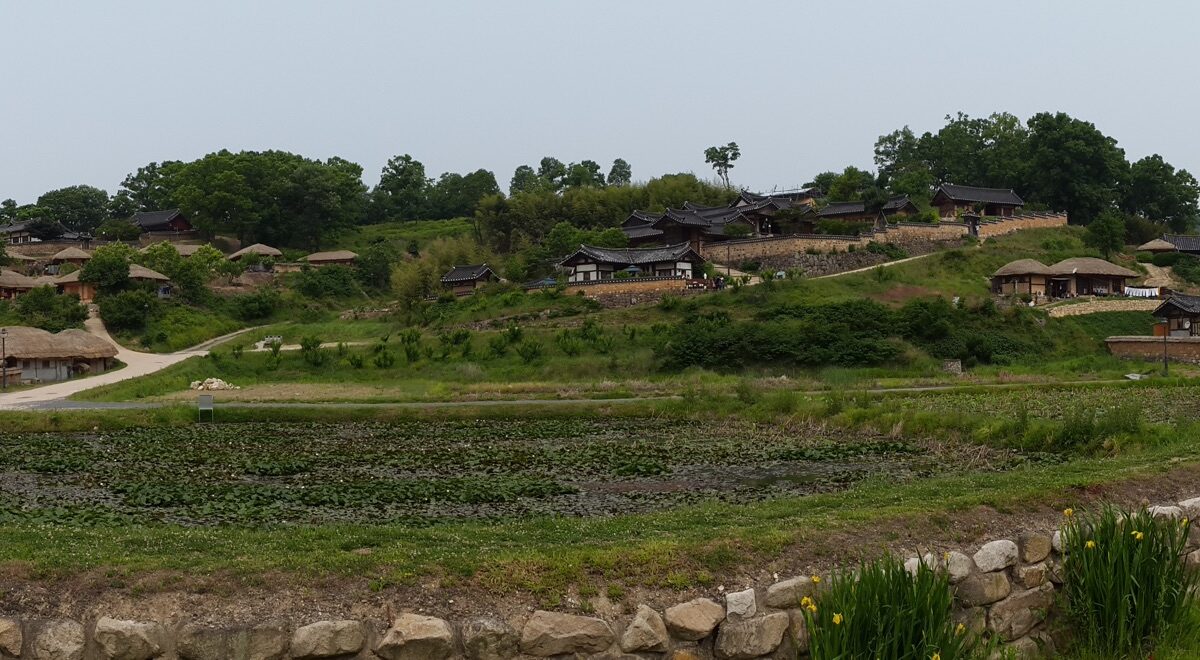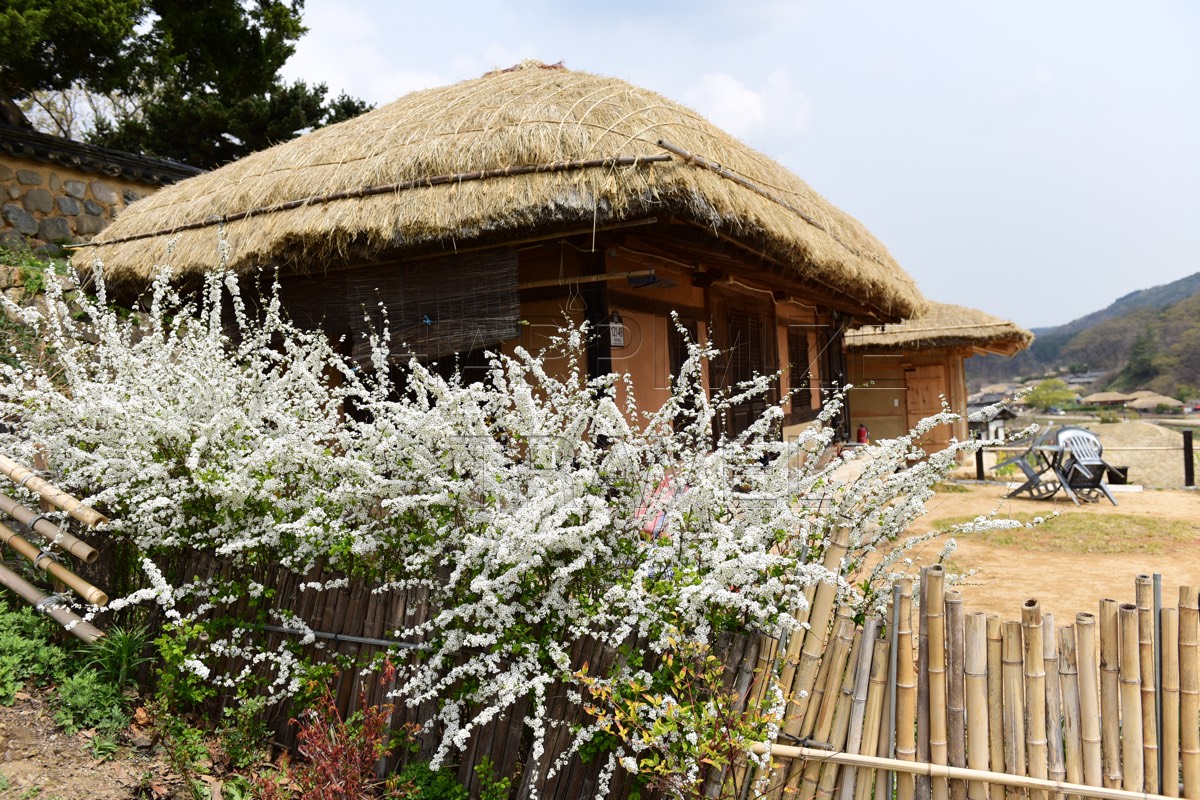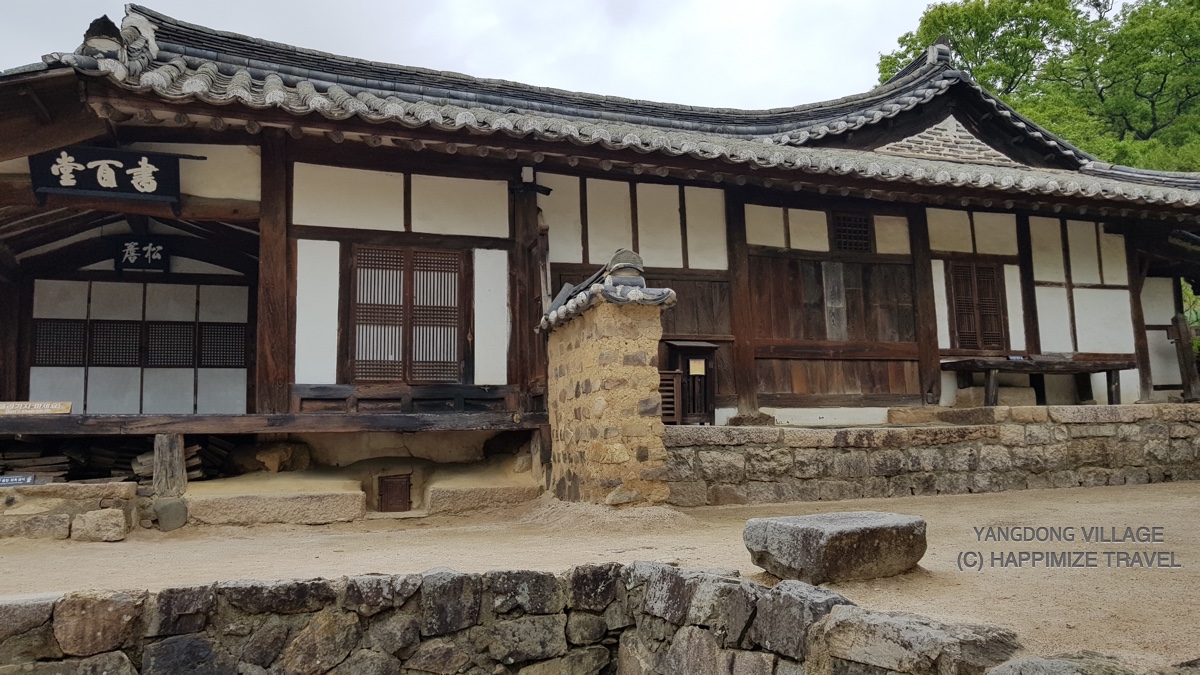The meaning of FOLK VILLAGE
KOREA has own language and own character system.
Therefore, sometimes, we have no choice but to translate some KOREAN location names into ‘generic name’ in ENGLISH.
FOLK VILLAGE is the example of such translation.
If you see the guide book or travel information on the internet, you might think like “No need to visit another * folk village because already included two.”
But, there are significant differences between each villages, that’s why we decided to prepare the document for the same questions even from our clients.
We can categorize the folk villages into two.
Type I is the original villages that was formed since 400-500 years ago. Spontaneously formed by their ancestors, we can call them Clan Villages though several different family names are mingled.
Type II is the residences complex built within 100 years, ‘most’ houses keep traditional Korean house component in architectural point of view. (i.e., Modern HANOK in the cities)
Type Ⅲ is the complex of HANOK, but, not for residence. Built by company, or regional government for tourism, or streamline their cultural identity.
Type I FOLK VILLAGES
For Type I, the following two villages are most famous.
- HAHOE VILLAGE at ANDONG
- YANGDONG VILLAGE at GYEONGJU
Both villages are listed up as UNESCO WORLD HERITAGE 2015.
These are the collection of real residences for people. But, due to regal restriction, they cannot demolish or built modern houses. So, the village gets subsidy and entrance fee in return for their limitation on the private property.
Type II FOLK VILLAGES
Even in SEOUL, we can see traditional Korean style houses. What is ‘traditional Korean style’?
These houses are characterized by roof tile, wooden pillar and sliding door (in the past, covered by paper instead of glass)
BUKCHON HANOK VILLAGE is the typical example for this type II. It was built during 1920-1930. It was a kind of multiple dwelling houses by a constructor. But, because of its location (neighbor of president office; BLUE HOUSE), this village is subject to altitude restriction on the building construction. Ironically, this place became tourist attraction. So, SEOUL CITY managed to keep the traditional theme/mood here by subsidizing construction cost only allowed traditional Korean style.
Let’s call this customized HANOK as Modern HANOK.
JEONJU HANOK VILLAGE is also belong to this category.
Type Ⅲ FOLK VILLAGES
For Type Ⅲ, we can subdivide the villages further by ownership; government vs private.
NAMSANGOL HANOK VILLAGE is owned by SEOUL CITY.
This is the collection of the real old houses, each house was scattered around SEOUL. But, in the middle of city development, some historically valuable houses should be considered to be kept because they don’t dare to tear down the houses. So, SEOUL CITY decided to move such houses and put together in central SEOUL under the name of NAMSANGOL HANOK VILLAGE.
The other Type Ⅲ are the intentionally built villages for tourism.
Most famous village built by private company is KOREAN FOLK VILLAGE at SUWON CITY. This is 100% tourist attraction with entrance fee.
Some people would undervalue this village saying “We can go to NAMSANGOL HANOK VILALGE for substitution.” But, KOREAN FOLK VILLAGE has differences in that 1) this looks real village – pharmacy, stores…regional government office incl. jail and etc. – are gathered, 2) traditional Korean performances such as acrobat on the rope, music parade are being performed.

